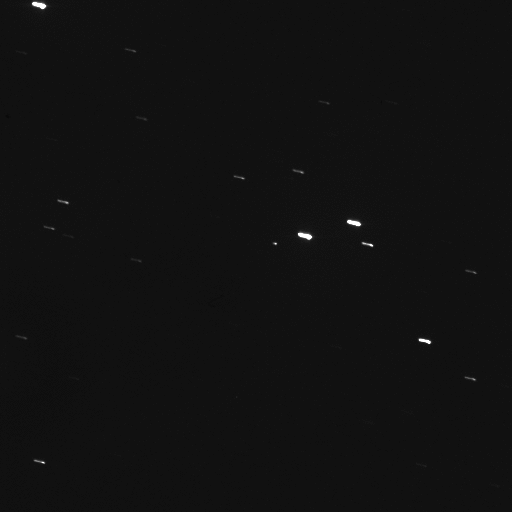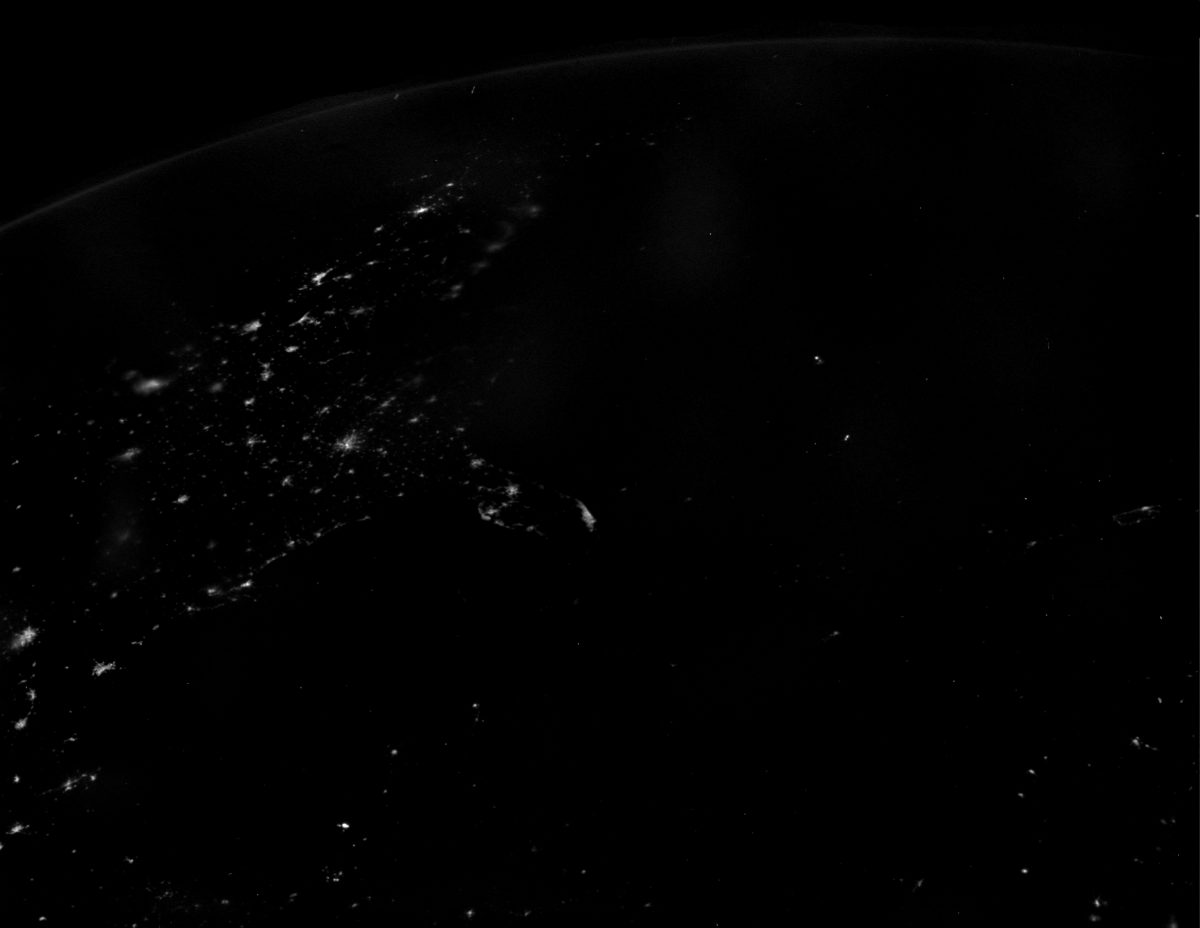Emily Lakdawalla • Nov 13, 2009
Rosetta Earth swingby successful
Rosetta appears to have operated flawlessly as it streaked past Earth for its flyby early this morning. Here are a few more gems from the flyby.
First is an actual sighting of the Rosetta spacecraft from Earth. Crazy to look up in the sky and see a fast-moving streak of light that's something we launched into space more than five years ago.

Next is this long exposure of Earth's nightside. Try to see if you can recognize where it is without reading a caption. (Hint: I, generally a geography ignoramus, recognized it pretty quickly.)

Finally, Rosetta's departing view of Earth. This one was shot by the navigational camera, not the much higher quality OSIRIS. The streaking of the image results, I think, from charge accumulating in the CCD as the camera looks at a target significantly brighter than it was designed to see. Earth's white clouds are much more reflective than the coal-dark nucleus of a comet.

Let’s Go Beyond The Horizon
Every success in space exploration is the result of the community of space enthusiasts, like you, who believe it is important. You can help usher in the next great era of space exploration with your gift today.
Donate Today

 Explore Worlds
Explore Worlds Find Life
Find Life Defend Earth
Defend Earth

